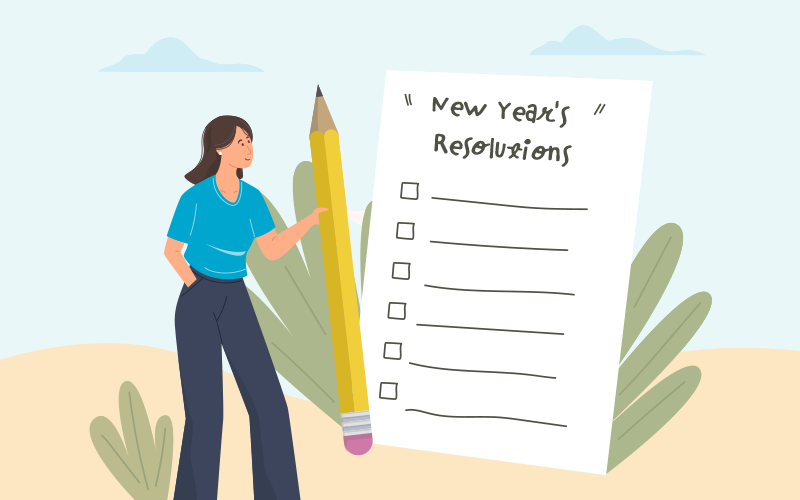
Your phone is ringing again, and the Caller ID shows that it is the same client you talked to yesterday and the day before that. They’re looking for another update. These types of client calls can pile up quickly and take a chunk out of your day. You’ll find yourself reacting to these calls, leaving very little time to actually work on the case. Every day will feel like Groundhog day over and over again!
There is a better way.
Implementing a robust, proactive client contact system and training your team to obtain all needed information during calls will serve two critical purposes: First, it allows your team to work more effectively and efficiently and frees them up from fielding what can be constant and repetitive calls. Second, it instills trust in your clients and increases the level of satisfaction they feel while your firm is working on their case. It also, crucially, puts your firm ahead of the competition.
Most successful plaintiff firms have a set rule that clients are to be proactively and regularly contacted. Many firms set a benchmark of every 30 days throughout the life of the case for contact by case managers and every 60 days for contact by attorneys. This is perhaps the most important and most closely monitored non-negotiable rule established by law firms. The content of the contact will change depending on the status or stage of the case. In this blog, we will focus on 30-day contacts by case managers that take place during the treating phase of a case.
During the calls, you, as a case manager, should:
Remember that you are the point of contact for the client during a very trying and scary time in their lives. Many clients have never had experience with a law firm before, which may leave them apprehensive about the process. It is up to you to make them as comfortable as possible. Too, during these calls, you will have the opportunity to learn more about the client, including gathering some personal nuggets of information. These can be pure gold and, when used correctly, can serve to increase client satisfaction exponentially. Record these nuggets in your case management system and train your team to refer to them in order to make the client feel special and remembered.
Try to use one of the personal nuggets recorded in the client’s file during the conversation. Demonstrating that you remembered something about them shows the client you care and makes the conversation more relaxed. Put a mirror near your monitor so that you can see yourself when you are speaking on the phone. A client can hear frustration in your voice, and they can also hear a smile! Remember that you are there to support the client and ensure they feel heard. If they are struggling or frustrated, show them some compassion, understanding, and empathy.
These 30-day contacts should be phone conversations, not texts or emails. When you send a text to someone and ask them how they feel, you can’t hear their pained voice or exasperated sigh when they text back, “okay.” When you have them on the phone, you can hear the inflection in their voice when they answer you and then you can dig deeper with the recommendation to make sure they convey new symptoms to their treating doctor. A lot of times, clients are hesitant to say they are still hurting, and they may even feel embarrassed to complain.
Always review your notes of the last call you had with them in preparation for the next one. Review the file to see if there are any missing items they were responsible for sending to you, like copies of health insurance cards or lost wage information. Before you make the call, have a template that includes the key questions you’d like to ask. Use the template to create your note in the client’s file. It is imperative that you DOCUMENT, DOCUMENT, DOCUMENT this conversation with the client. Many times this information can be used to help with the development of the demand. Don’t assume anything. Ask your questions each time you talk to the client. This template should evolve as the case does so that each question is pertinent to the phase the case is currently in.
Proactive communication with your clients will prevent MOST, but probably not all, repeat phone calls. Some clients really need that regular check-in that they have the power to initiate. That’s okay. The reduction provided by the implementation of a proactive client contact system will provide a significant time saver for your team. That saved time, when approached thoughtfully and strategically, can provide the ability to move cases along quicker and maximize case values.



